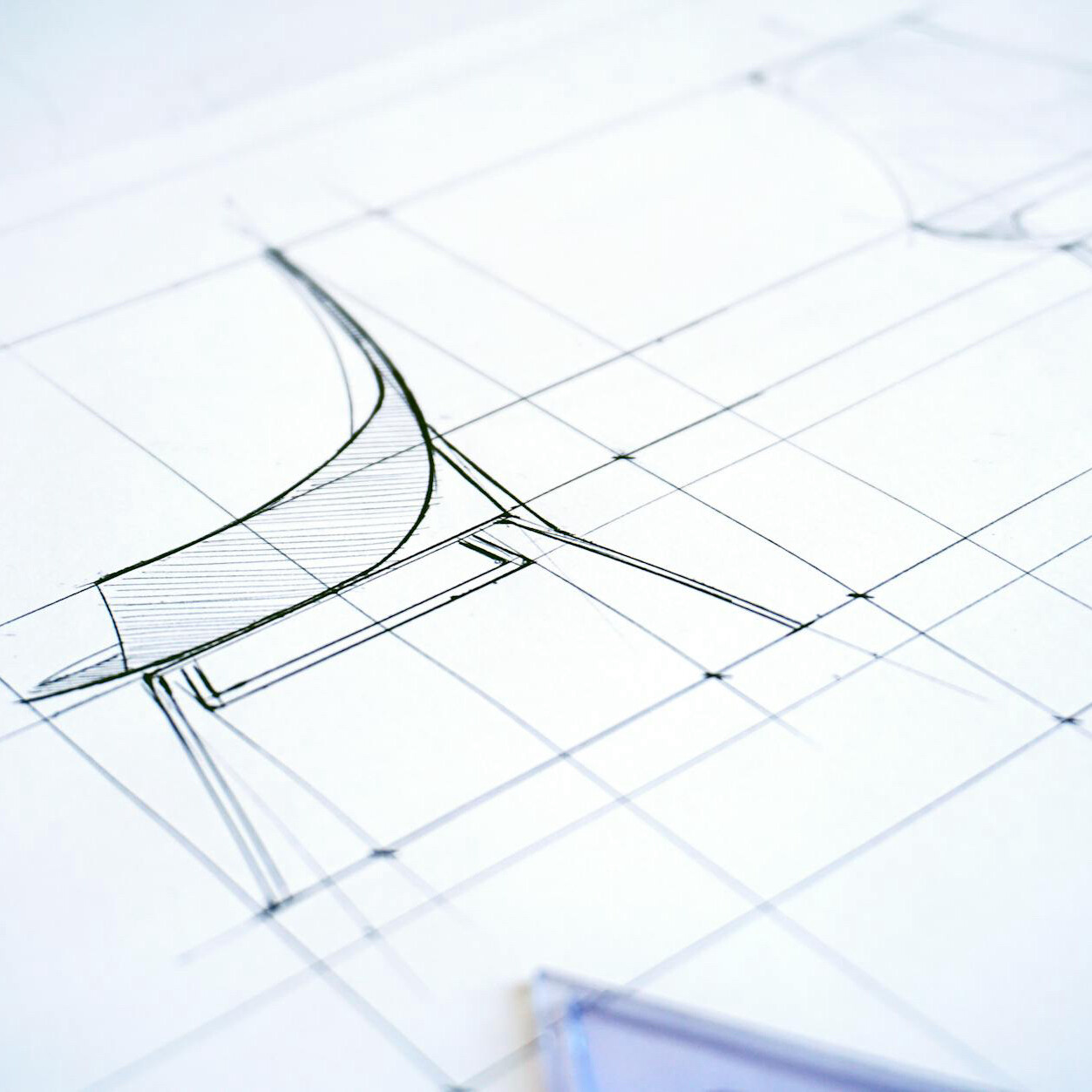The Language of Design
January 1, 2001In Design2 Minutes
The language of design refers to the collection of principles, elements, and terminology used by designers to communicate their ideas and concepts effectively. It is a shared vocabulary and visual grammar that enables designers to express their thoughts and intentions, collaborate with others, and create meaningful and impactful designs.

Some of the key components of the language of design include:
- Design elements: These are the fundamental building blocks of any design. They include line, shape, form, color, texture, space, and value. Designers manipulate and combine these elements to create visual compositions and communicate specific messages.
- Design principles: Design principles guide designers in organizing and arranging design elements in a visually coherent and effective way. Some of the most common design principles are balance, contrast, emphasis, movement, pattern, rhythm, proportion, and unity.
- Typography: This refers to the art and technique of arranging text in a design. Typography involves selecting the appropriate typeface, font size, line length, line spacing, and letter spacing to ensure readability and visual appeal.
- Grid systems: Grids are used in design to create structure, organize content, and maintain consistency across a layout. They help designers align elements, achieve balance, and create a clear visual hierarchy.
- Color theory: Color plays a crucial role in design, as it can evoke emotions, create visual interest, and establish a brand identity. Designers use color theory to understand the relationships between colors, create harmonious color schemes, and utilize color effectively in their work.
- Visual hierarchy: This is the arrangement of design elements in a way that guides the viewer’s eye through the composition and communicates the relative importance of each element. Designers create visual hierarchy by manipulating size, contrast, color, position, and other visual cues.
- Design terminology: Designers use specific terms to describe various aspects of their work, such as layout, composition, whitespace, alignment, and more. Familiarity with design terminology helps designers communicate their ideas more effectively and collaborate with other professionals.
By mastering the language of design, designers can create visually compelling and effective designs that resonate with their target audience and successfully convey their intended message.
Related Articles
The Importance of Grids in Design
July 12, 2024
Design Systems and AI Technology
April 9, 2024



